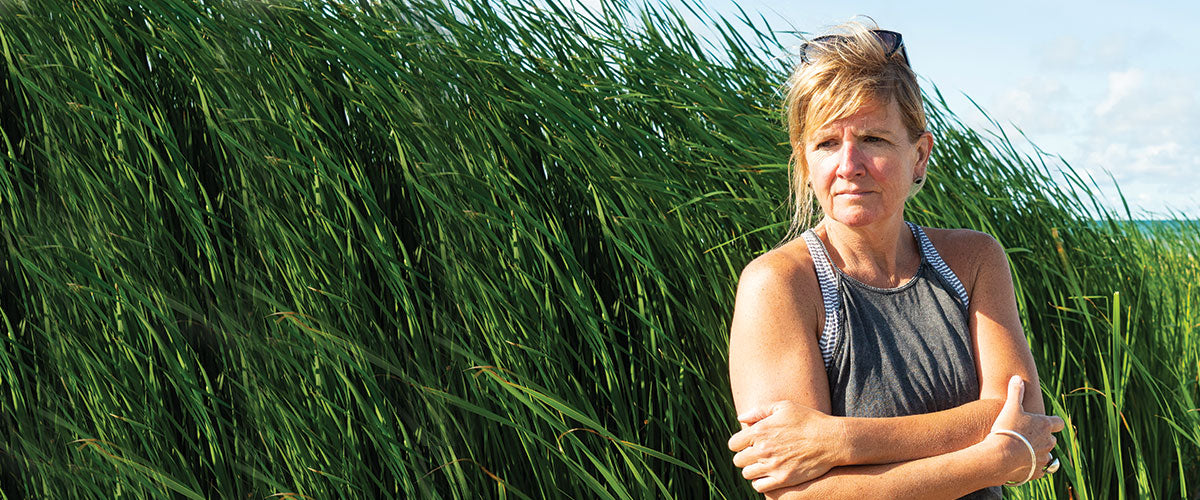You know the score: five minutes into a workout or a jog and you’re suddenly gripped by the frantic urge to ITCH.
Scalp, face, back or legs, the itchiness associated with exercise can make a simple workout that was meant to bring you health and happiness into an unbearable ordeal.
So what’s going on?
Here are the three top causes of exercise-induced itch:
Histamine Release
Exercise triggers the release of histamines in the body, an inflammatory response to physical exertion or stress which is designed to protect muscles from damage
But as anyone with an overactive inflammatory response system (eg eczema sufferers!) knows, histamine can cause more problems than it solves, and certainly triggers the dreaded itch like nothing else.
Exercise-induced histamine release can be so extreme it has a fancy name (cholinergic urticaria) and is counted as a kind of allergic reaction.
Sweat
Salty sweat can cause irritation to sensitive, damaged or eczema-prone skin, in the same way that chemicals or pollen can: the body treats it as a hostile invader and launches a defensive immune system response, which unfortunately means more inflammation and itch.
Added to this, when sweat becomes trapped in the sweat pores it causes tiny blisters and bumps; the resulting prickly heat rash can itch like crazy.
Clothes
Whether from detergents or synthetic chemicals in the material itself, or friction caused by tight gym clothes rubbing against sensitive skin, what you’re wearing when exercising can trigger itch.
What can you do about it?
There are a number of things you can try to make exercise beneficial rather than unbearable.
Lower your temperature!
Make sure you’re as cool as you can be while exercising: exercise in the shade if you’re out in the blazing sun; have an electric fan beside you; drink plenty of water; take breaks.
Wash
Take a shower immediately after exercise, both to lower body temperature and to wash off sweat/irritants.
Change your clothes
Wear looser clothes, wash them in non-bio, and try gym clothes made from cooling hi-tech fabrics designed to wick away sweat and keep your temperature down.
Take an antihistamine before exercise
Try different ways of working out
Find exercise that doesn’t induce a sweat or raise your body temperature too high: yoga, swimming (especially sea swimming), walking not running etc. Take it slowly.
Keep on working
Maintaining a regular but manageable workout routine does seem to get the brain accustomed to exercise, so don’t give up completely! One gentle step at a time.
Take care of your skin
A well-moisturised, robust and healthy skin barrier can minimise the effects of histamine release, as well as protecting from the effects of sweat.
Recommended products
Balmonds Daily Moisturising Cream
with shea butter and calendula
